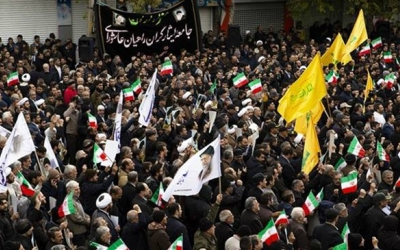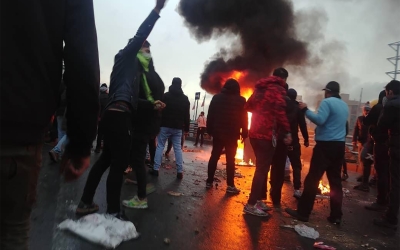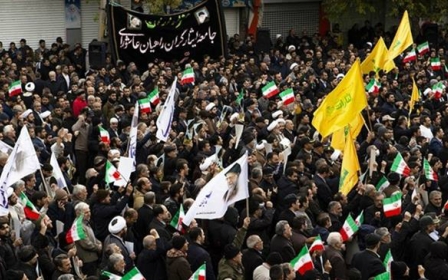Iran begins reconnecting internet after shutdown over protests

Iran on Thursday began restoring internet access in the capital Tehran and a number of provinces, local news agencies and residents said, after a days-long nationwide shutdown meant to help stifle unrest over fuel price hikes.
The Iranian Revolutionary Guard Corps said calm had returned across Iran, state TV reported, after protests in which Amnesty International said over 100 demonstrators were killed by security forces - a figure rejected as "speculative" by the government.
"The internet is being gradually restored in the country," the semi-official Fars news agency said, quoting unidentified informed sources as saying.
Fars said the sources said the National Security Council that had ordered the shutdown approved reactivating the internet in "some areas and according to reports so far, fixed-line internet has been restored in Hormozgan, Kermanshah, Arak, Mashhad, Qom, Tabriz, Hamadan and Bushehr provinces, and parts of Tehran".
"We have internet again as of an hour ago," a retired engineer who declined to be named said by telephone from Tehran.
The internet blockage made it difficult for protesters to post videos on social media to generate more support and also obtain reliable reports on the extent of the unrest.
Internet blockage observatory NetBlocks said the restoration of connectivity in Iran was only partial so far, covering about 10 percent of the country.
'Foreign foes'
Unrest erupted on 15 November after the government announced gasoline price hikes of at least 50 percent and rationing was imposed.
Protests began in several provincial towns before spreading to some 100 cities and towns across the country, AFP news agency reported.
They quickly turned political with protesters demanding top officials to step down.
On Thursday, state TV showed thousands marching in pro-government rallies in a dozen cities, carrying national flags and signs with slogans including: "Rioting is not protesting".
Amnesty International said it had documented at least 106 deaths of protesters killed by security forces, which would make it the worst street unrest in Iran in at least a decade - and possibly since the 1979 Islamic Revolution.
Iran’s UN mission on Wednesday dismissed the casualty report as "speculative, not reliable".
Iranian authorities said several people, including members of the security forces and policemen, were killed in street violence which Tehran blamed on "foreign foes".
Middle East Eye delivers independent and unrivalled coverage and analysis of the Middle East, North Africa and beyond. To learn more about republishing this content and the associated fees, please fill out this form. More about MEE can be found here.






